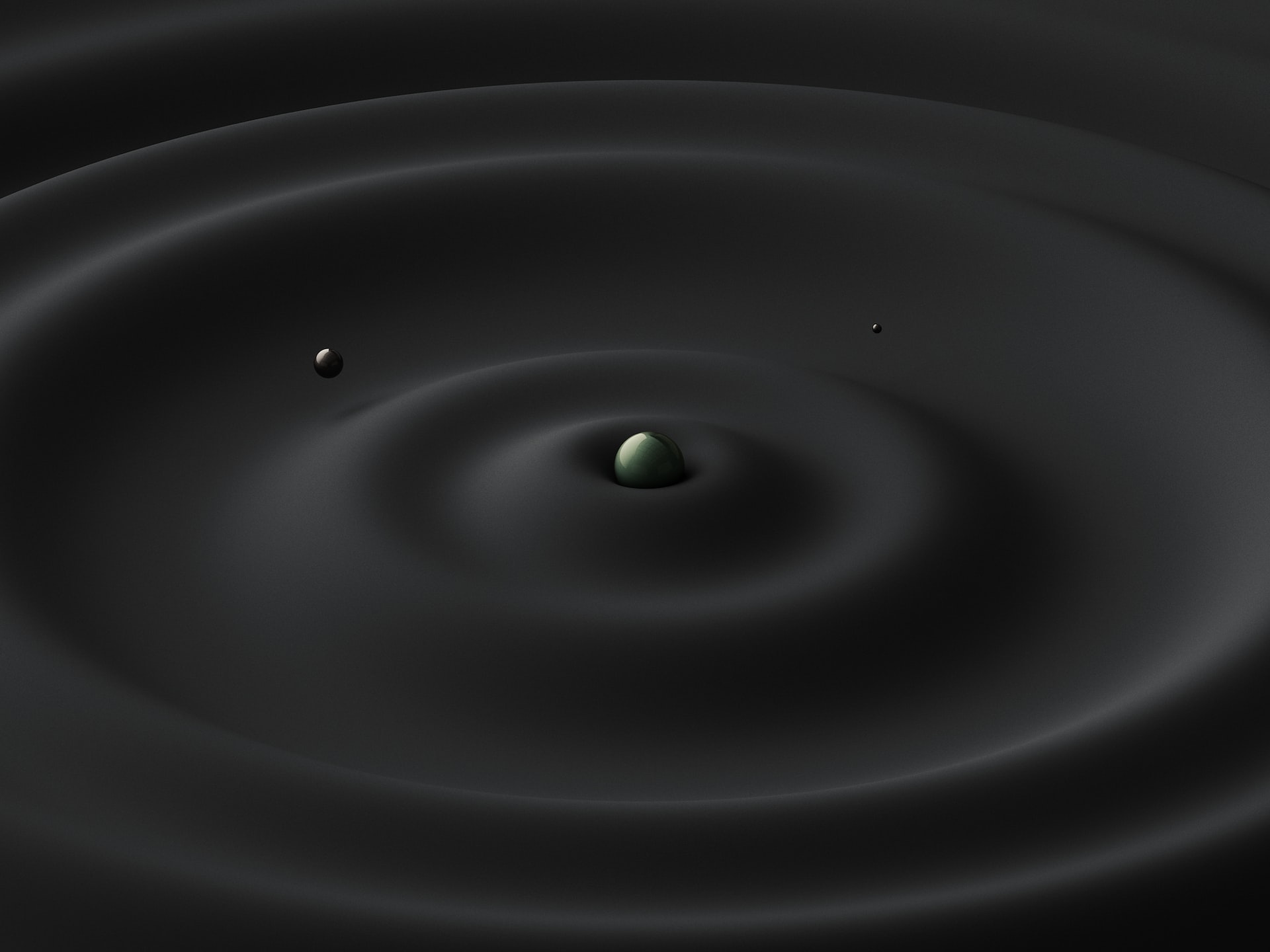The propagation of gravitational waves through matter in the Universe can help detect ripples in space-time generated at the moment of the Big Bang. This is the conclusion reached by physicists Deepen Garg and Ilya Dodin from the Princeton Laboratory of Plasma Physics.

Scientists have used the propagation of electromagnetic waves through plasma as a model of gravitational waves to understand how they travel through stars and gas in the depths of space. These signs can detect elusive low-frequency gravitational waves generated by the merger of black holes, neutron stars, or even the expansion of the Universe in a fraction of a second after the Big Bang.
“We couldn’t see the early Universe directly, because there weren’t even photons in that period. But perhaps we can see it indirectly if we record gravitational waves from that time,” says physicist Deepen Garg.
Discovery of gravitational waves
Gravitational waves resulting from the merger of two black holes were first detected in 2015 at a distance of 1.4 billion light years. The gravitational waves that Einstein first envisioned are like ripples in a pond: space-time itself is stretched and compressed due to the gravitational collapse caused by a massive event. To detect such gravitational waves, it requires not a telescope, but an ultra-precise set of lasers and mirrors that react to the distortion of space-time.
But the technology is limited: we can only detect gravitational waves generated by small black holes or neutron stars. Therefore, other sources of gravitational waves are not available to us yet. But Garg and his colleague, physicist Ilya Dodin, realized during their studies of plasma synthesis that there might be another way to see these elusive waves.
New way to study astronomy
Scientists rely on plasma fusion. One day it may become an alternative and clean energy source that will replace dangerous nuclear power. But for now, scientists are using plasma to create a model describing the path of electromagnetic waves passing through this matter. As it turns out, the experiment is similar to how gravitational waves move through matter in the Universe. Their propagation through matter should generate signals that can be detected — for example, a change in the light of stars or huge clouds of gas.

Thus, it is possible not only to detect hidden gravitational waves, but also to give scientists a new tool for studying stars. For example, the characteristics of the light signal generated by gravitational waves in stars may vary depending on the internal structure and density of the luminary. Since the interior of stars is quite difficult to see, waves can become a powerful new tool in this field of astronomy. Learn more about the study in the Journal of Cosmology and Astroparticle Physics.
Earlier we reported that the radar of gravitational waves would help to see the invisible Universe.
Follow us on Twitter to get the most interesting space news in time
https://twitter.com/ust_magazine
